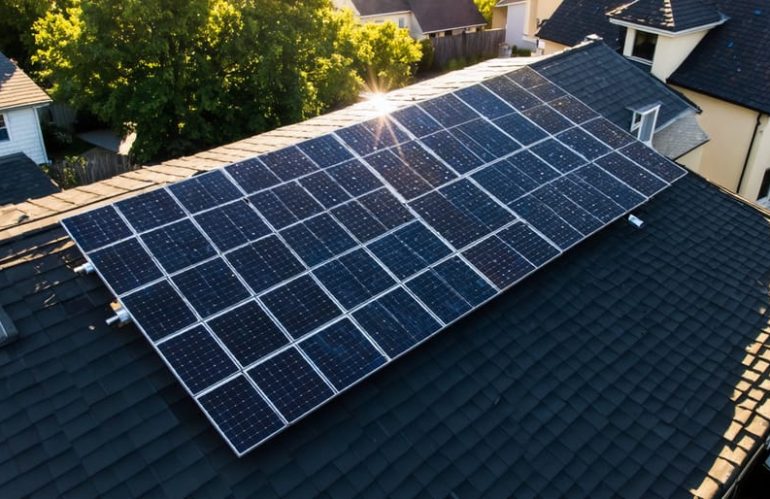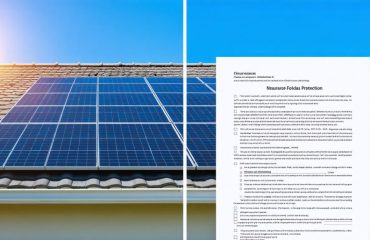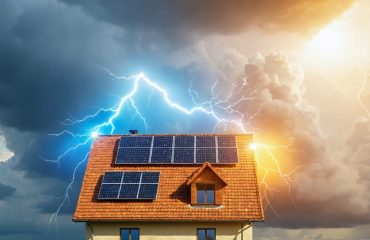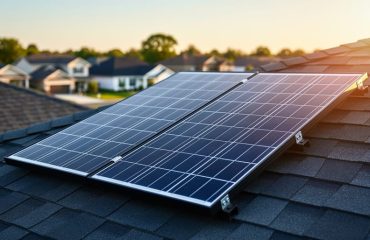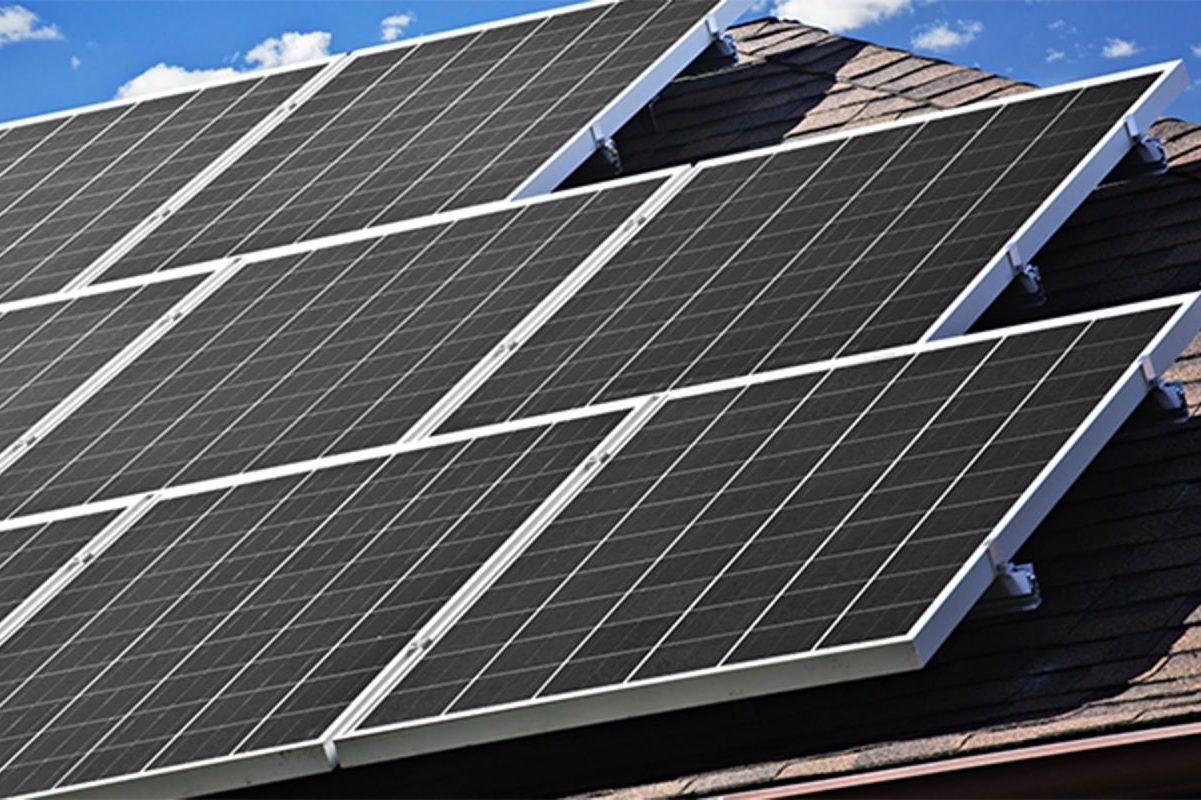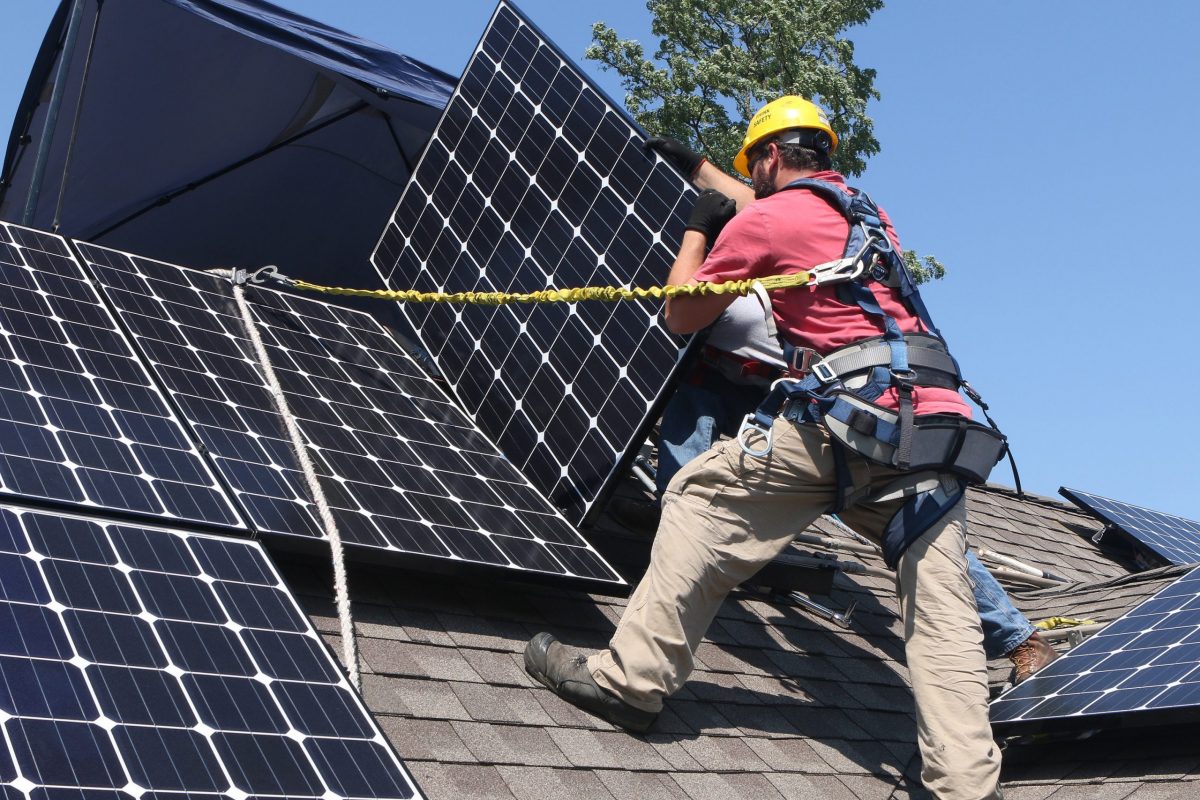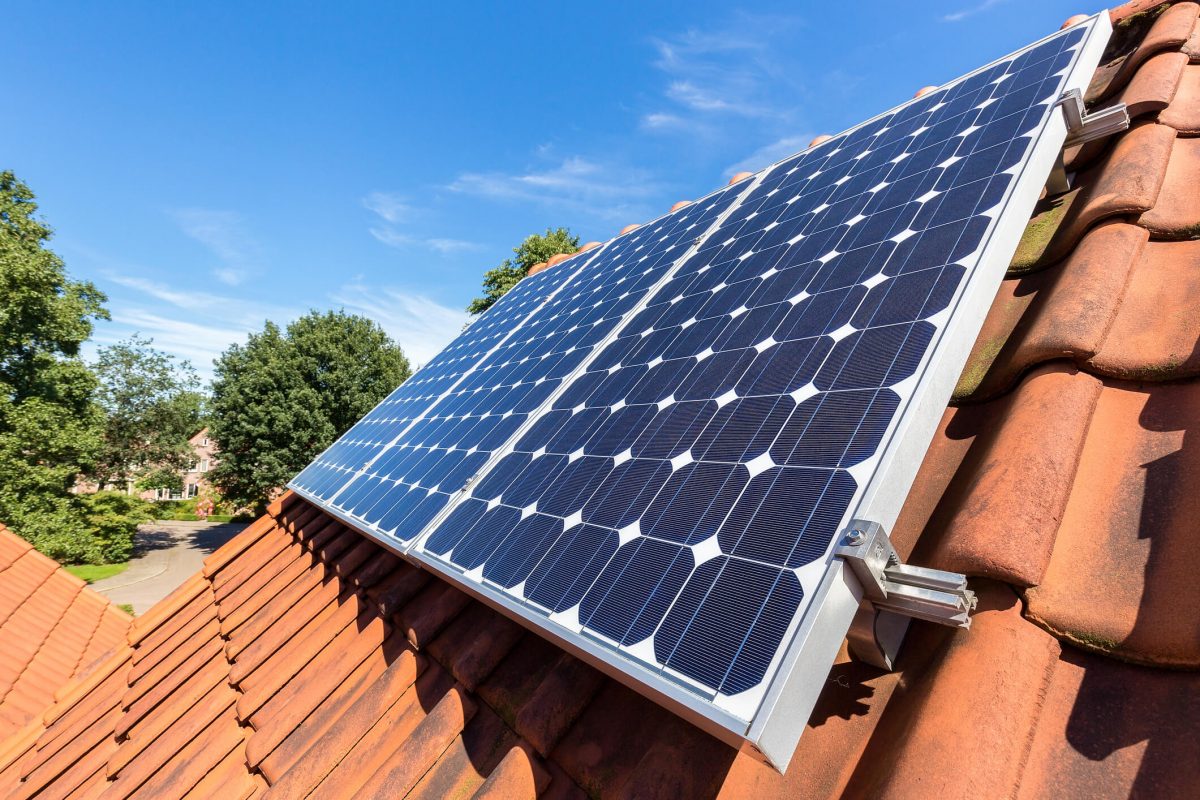Protecting your rental property investment against vandalism demands comprehensive insurance coverage that goes beyond standard landlord policies. When tenants vacate or properties stand empty, they become particularly vulnerable to malicious damage, theft, and destructive behavior that can cost thousands in repairs. Smart property owners recognize that specialized vandalism insurance serves as a crucial shield against these risks, covering everything from broken windows and graffiti to stolen fixtures and intentional property destruction. This coverage becomes especially vital in areas with higher crime rates or during extended vacancy periods, where standard insurance policies may fall short. Understanding your specific coverage needs, deductible options, and claim procedures isn’t just about risk management—it’s about securing your investment’s long-term profitability and ensuring peace of mind in your role as a property owner.
Understanding Vandalism Coverage for Solar Installations
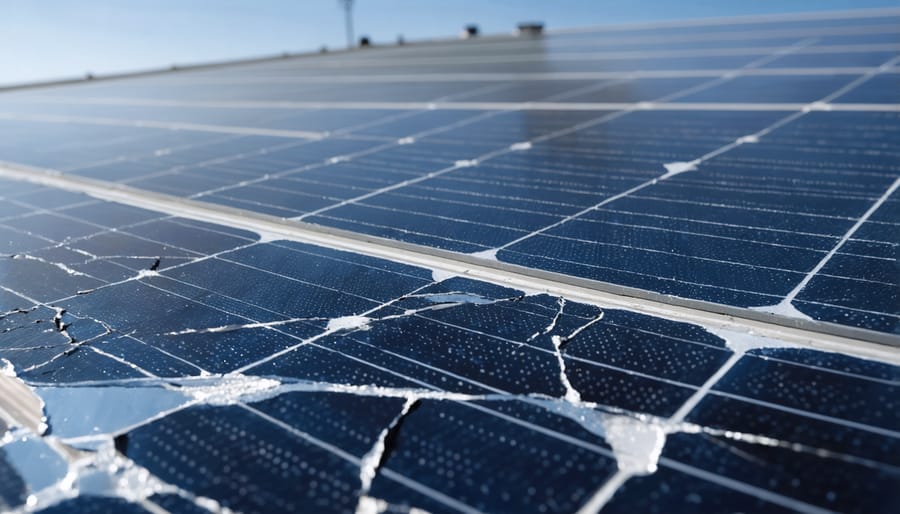
Standard Property Insurance vs. Solar-Specific Coverage
While standard property insurance typically covers basic vandalism and theft, it may not provide adequate protection for specialized solar equipment. Traditional policies often have limitations or exclusions when it comes to renewable energy installations. This is where specialized solar panel insurance coverage becomes essential for rental property owners.
Solar-specific insurance policies are designed to address the unique risks associated with photovoltaic systems. These policies typically cover not only physical damage from vandalism but also theft of components, damage to inverters, and even loss of income from reduced energy production. They may also include coverage for environmental factors that standard policies might exclude.
The key difference lies in the comprehensiveness of coverage. While standard policies might offer basic protection, solar-specific coverage ensures that all components of your system are protected, including mounting hardware, wiring, and monitoring equipment. This specialized coverage often includes additional benefits such as system performance guarantees and coverage for business interruption, making it a more suitable choice for rental property owners investing in solar technology.
Common Coverage Gaps to Watch For
Even with comprehensive rental property insurance, certain coverage gaps can leave you vulnerable to vandalism-related losses. Many standard policies exclude damage caused by long-term vacancy, typically after 30 or 60 days of the property being unoccupied. Make sure to secure vacant property coverage if your rental remains empty between tenants.
Another common blind spot is outdoor fixture coverage. Items like security cameras, landscape lighting, or decorative elements may have limited coverage or be excluded entirely. Review your policy’s coverage limits for exterior structures and consider additional endorsements if needed.
Tenant-caused vandalism can also present challenges. While malicious damage by tenants is typically covered, some policies may require specific tenant vandalism endorsements. Additionally, check if your policy covers graffiti removal and cleanup costs, as these expenses can add up quickly.
Consider supplementing your coverage with umbrella liability insurance to protect against larger claims, and ensure your policy includes coverage for lost rental income while repairs are being made. Regular policy reviews with your insurance provider can help identify and address potential coverage gaps before they become costly issues.
Essential Insurance Features for Solar Panel Protection
Replacement Cost Coverage
When insuring your rental property against vandalism, understanding the difference between replacement cost and actual cash value coverage is crucial for protecting your investment. Replacement cost coverage provides funds to replace damaged property with new items of similar quality and functionality, without factoring in depreciation. This comprehensive coverage can significantly affect your impact on homeowners insurance premiums but offers superior protection.
In contrast, actual cash value (ACV) coverage only pays for the depreciated value of damaged items, which means you’ll receive less money for older property components. For example, if vandals damage a five-year-old security system, ACV coverage would only pay what the system is worth today, leaving you to cover the difference for a new installation.
While replacement cost coverage typically comes with higher premiums, it provides peace of mind knowing you won’t face significant out-of-pocket expenses after a vandalism incident. This is particularly important for rental properties with valuable installations like solar panels, smart home systems, or high-end appliances.
When choosing between these options, consider the age and value of your property’s components, your risk tolerance, and your financial ability to cover potential gaps in coverage. Many property owners find that the additional premium cost for replacement coverage is worth the enhanced protection and simplified claims process.
Business Income Protection
When vandalism strikes your rental property, the repairs aren’t your only concern. Business Income Protection coverage, also known as rental income coverage or loss of rents coverage, ensures you don’t lose out on rental income while your property is being restored.
This essential coverage compensates you for lost rental income during periods when your property becomes uninhabitable due to vandalism damage. For instance, if extensive graffiti remediation or repairs to broken windows and doors force your tenants to temporarily relocate, this coverage helps maintain your cash flow by replacing the lost rental income.
The coverage typically extends until your property is restored to its pre-damage condition, subject to policy limits. Most insurers offer coverage periods ranging from 12 to 24 months, giving you ample time to complete necessary repairs and renovations.
To maximize this protection, keep detailed records of your rental income and maintain clear documentation of all lease agreements. When filing a claim, you’ll need to demonstrate your actual loss of rental income. Consider working with your insurance provider to determine the appropriate coverage amount based on your property’s rental history and local market conditions.
Remember that Business Income Protection isn’t just about replacing lost rent – it helps maintain your financial stability during challenging times, ensuring your property investment remains profitable even when faced with unexpected vandalism incidents.
Preventive Measures That Can Lower Insurance Costs
Security Systems and Monitoring
Implementing robust security systems is crucial to prevent solar panel theft and vandalism at your rental property. Start with installing high-quality surveillance cameras that offer clear night vision and motion detection capabilities. Position these cameras strategically to cover all angles of your solar installation and ensure they’re weather-resistant.
Consider implementing a smart monitoring system that sends real-time alerts to your smartphone when unusual activity is detected. Many modern security systems integrate seamlessly with home automation platforms, allowing you to monitor your property remotely and maintain detailed security logs for insurance purposes.
Motion-activated lighting serves dual purposes: deterring potential vandals while improving overall property security. Install these lights around solar panel access points and mounting areas. Security signage indicating the presence of surveillance systems can also act as an effective deterrent.
For additional protection, consider anti-theft mounting systems and specialized hardware designed specifically for solar panels. These physical security measures, combined with proper lighting and monitoring, create multiple layers of protection that not only safeguard your investment but may also help reduce your insurance premiums.
Remember to regularly maintain and test all security equipment to ensure continuous protection of your solar installation.
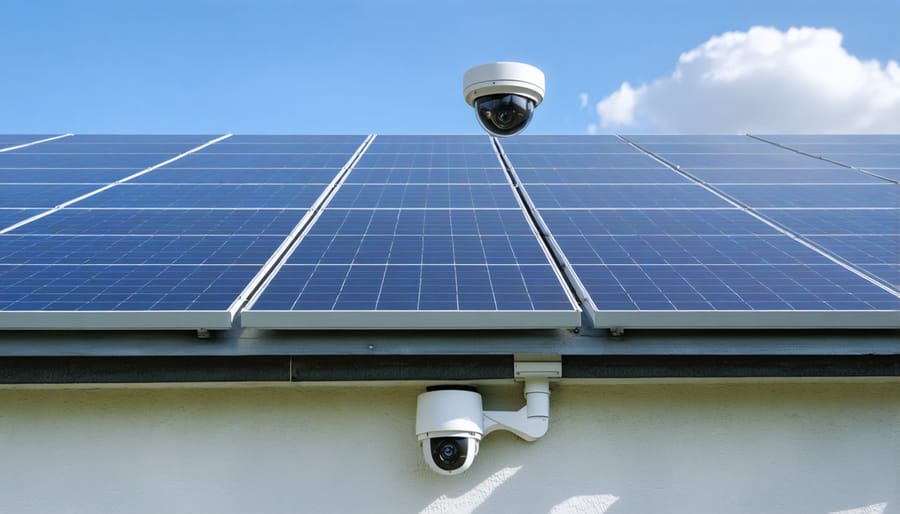
Documentation and Regular Inspections
Proper documentation and regular inspections are crucial elements in managing vandalism insurance for rental properties. Start by creating a detailed inventory of your property’s features, including photographs and video recordings of all areas. Document the condition of security systems, locks, windows, doors, and any valuable fixtures. Update these records at least twice a year or whenever significant changes occur.
Establish a routine inspection schedule, ideally conducting thorough property assessments every quarter. During these inspections, check for signs of tampering, damage, or unauthorized access. Pay special attention to entry points, security cameras, lighting systems, and common areas where vandalism typically occurs.
Maintain detailed maintenance logs that record all repairs, upgrades, and security improvements. Keep receipts for security-related purchases and installation costs. When incidents occur, document them immediately with photographs, police reports, and witness statements if available.
Consider implementing a digital property management system to streamline record-keeping. This helps organize inspection reports, maintenance records, and incident documentation in one secure location. Many insurance providers offer premium discounts for properties with well-maintained documentation systems, as they demonstrate proactive risk management and simplify the claims process when needed.
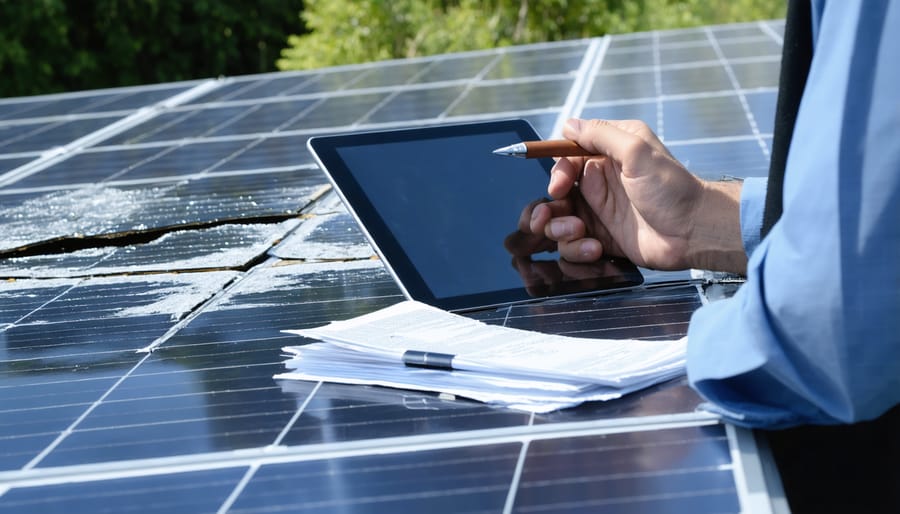
Filing a Vandalism Claim: Steps for Success
When vandalism occurs at your rental property, acting quickly and methodically is crucial for a successful insurance claim. Start by documenting everything thoroughly – take clear photos of all damage from multiple angles and distances. Make sure to capture both close-up details and wider shots showing the context of the damage.
Contact law enforcement immediately to file a police report. This official documentation is essential for your insurance claim and provides a record of the incident. Request a copy of the police report for your records.
Next, secure the property to prevent further damage. Board up broken windows, fix damaged locks, or take other necessary temporary measures. Keep all receipts for emergency repairs, as these may be reimbursable under your policy.
Notify your insurance company as soon as possible. Most insurers have 24/7 claim reporting services. Provide them with:
– The police report number
– Photos of the damage
– Any security camera footage
– Detailed description of damaged items
– Documentation of emergency repairs
– Estimated repair costs
Keep detailed records of all communications with your insurance company, including dates, times, and names of representatives you speak with. If possible, follow up verbal conversations with email summaries.
Consider getting multiple repair estimates from licensed contractors. This helps ensure fair compensation and demonstrates due diligence to your insurance provider. Remember to save copies of all estimates and final repair invoices for your records.
Protecting your rental property from vandalism requires a comprehensive insurance strategy that safeguards both your investment and financial future. By securing appropriate vandalism coverage, maintaining proper documentation, and implementing preventive measures, you can significantly reduce your risk exposure. Remember to regularly review and update your policy to ensure it meets your evolving needs and property value. Consider bundling insurance policies when possible to maximize cost savings, and always work with reputable insurance providers who understand the unique challenges of rental property ownership. While insurance premiums may seem like an added expense, the peace of mind and financial protection they provide far outweigh the costs when faced with vandalism incidents. Take action today to protect your rental property investment with the right insurance coverage.

